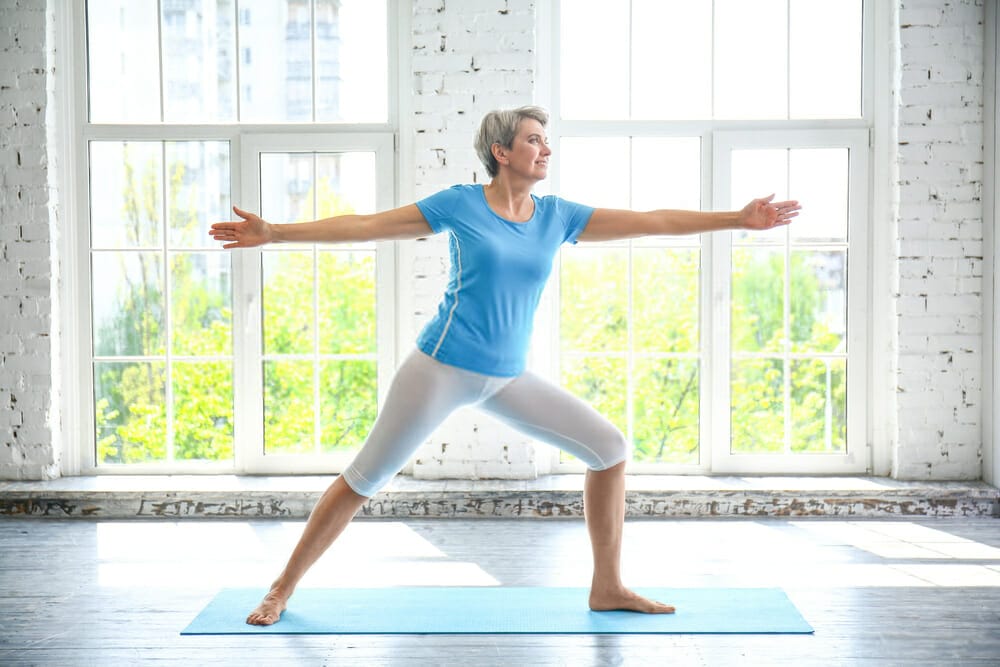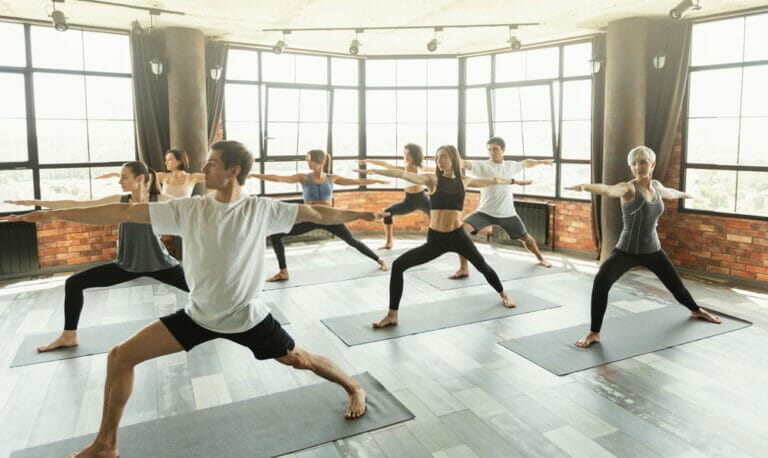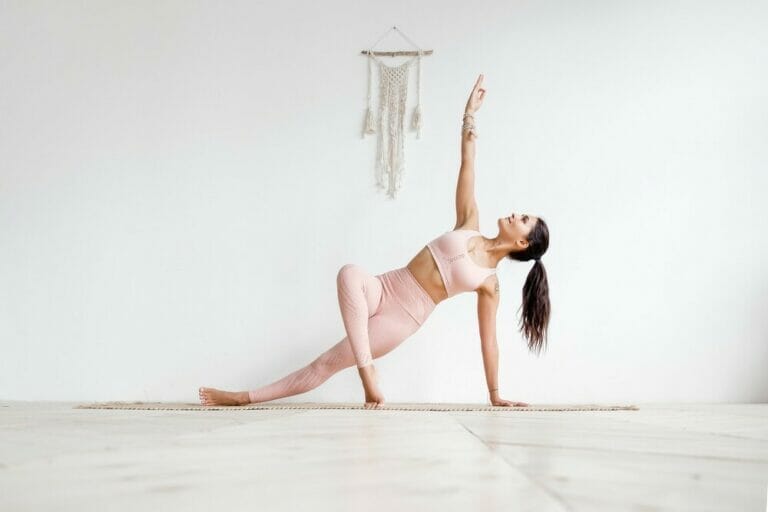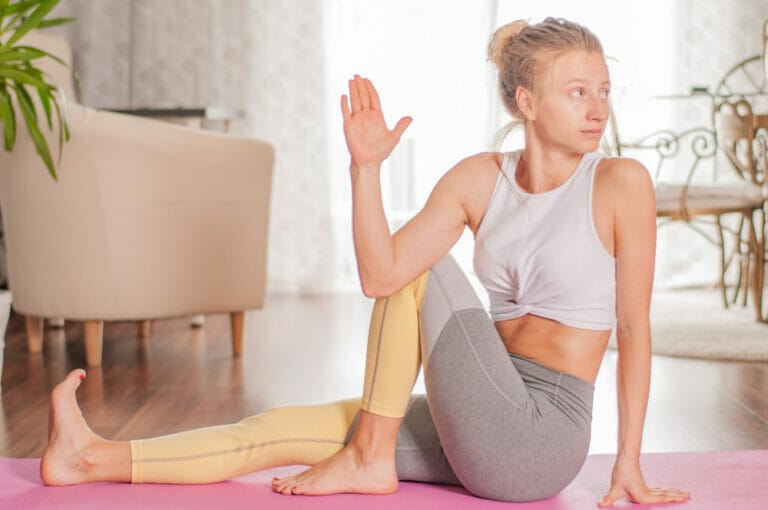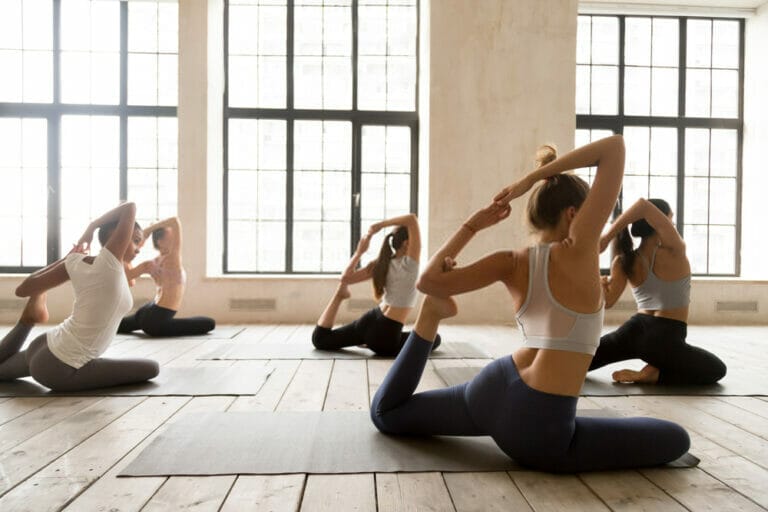Ashtanga Vinyasa Yoga – Introduction To Its Poses
The benefits of practising yoga are endless. It can help you achieve a more robust mental and physical state.
It can also help you clear your mind of clutter and negative energy. It can also help you become more flexible, calm, and centred.
But what most people don't know is that there is an order to the way you should learn and practice the various yoga poses. There is a sequence you should follow.
This article will discuss the different arrangements that you should follow to achieve proficiency with each pose.
Ashtanga vinyasa
Ashtanga vinyasa is a deliberate and meticulously planned series of poses that progresses in intensity.

You're not alone if you've ever questioned if there's a reason for the Ashtanga Primary Series' asana evolution.
In the Ashtanga Primary Series, there are a few crucial positions that will assist you to proceed to the next posture and eventually the Intermediate Series.
When viewed as a whole, Ashtanga vinyasa is divided into the following categories:
- Surya Namaskar
- Standing poses
- Primary Series
- Finishing Sequences
Primary Series
Yoga Chikitsa, which translates to “yoga therapy” in Sanskrit, is the name of the Primary Series. It is the sequence that aids the physical body and aids in removing sickness from the body.
In keeping with most yogic philosophy, the path begins with dealing with the exterior form. Utthita Hasta Padangustasana, Marichyasana D, Supta Kurmasana, and Urdhva Dhanurasana are the key postures of the Ashtanga Primary Series.
Utthita Hasta Padangustasana (Extended Hand to Big Toe Pose)
After Surya Namaskar, you must perform standing postures to stretch the legs. As a challenging balance pose, Utthita hasta padangustasana is a fantastic example.
The sequence demands that you take 15 breaths throughout the entire sequence, including transitions.
Marichyasana D (Marichi’s Pose D or Sage Twist D)
With Marichyasana D, the climax of a sequence of binds and twisting poses, things start to get a little more complicated. First, the main series’ seated postures concentrate on the spine.
Then, with one leg in Ardha padmasana (half-lotus pose) and the other internally rotated in a half-squat position, Marichyasana D is an intense twist.
This pose is pretty tricky, so it’s best to ease into it with the help of an experienced teacher. Those who have knee injuries should exercise caution or modify their activities.
However, if you want to go on to the second series, you must master this position. The second series starts with pasasana, a crouching position in which you twist and bend both legs.
Supta Kurmasana (Sleeping Tortoise Pose)
For some, mastering this position may take years. Next, folding forward with the legs over the head and the hands behind your back, is Supta Kurmasana.
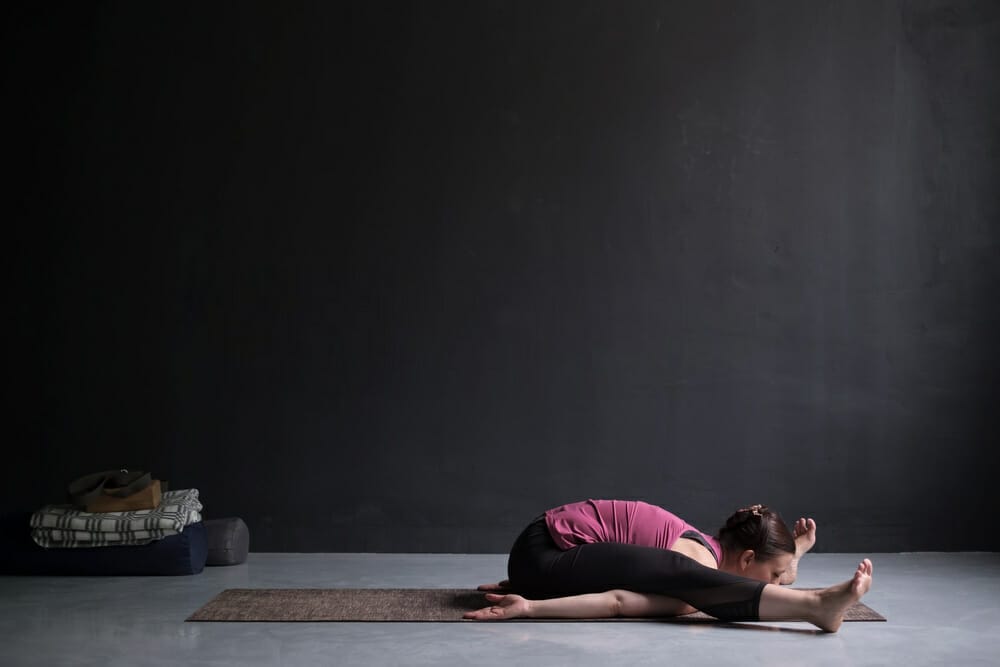
It is the summit of the entire series, where the body has been prepared by the hip opening and twisting of the previous positions.
This pose is significant because it is most people’s first experience with leg-behind-the-head poses. There are three such postures in the second series, all of which are increasingly more difficult.
It's a positive sign that your hips and spine are ready for the intermediate series if you can go into supta kurmasana with or without the support of your teacher.
Urdhva Dhanurasana (Upward Bow, also known as Wheel Pose)
Finally, we finish the Ashtanga sequence with back bending. No matter what sequence you use, back bending is required at the conclusion.
Although forward folds make up most of the primary series, the last pose, setu bandhasana (bridge pose), prepares the body for backbends and gives a taste of what's to come in the second series.
Backbending is unique in that it involves both a spinal extension and an inversion at the exact moment.
It helps to balance all of the forward bends by activating the principal curve in the opposite direction.
Therefore, it’s crucial to practice urdhva dhanurasana so you can properly activate the back muscles and avoid injury.
How the sequence works
You must master each pose before going on to the next in the Ashtanga sequence. It makes the next stance more comfortable rather than challenging.

When taking a break from each pose, breathe in and extend the spine toward the ceiling. It helps reset your body, putting you in a ready position for the next set of poses.
Even frequent Ashtanga practitioners are urged to go back to the foundations of the primary series. It may appear to be a step backwards at times, but it will ultimately assist you in moving forward.
Conclusion
The primary series is vital in the gradual development of the Ashtanga student or teacher. The earlier you start, the more time you have to prepare your body for more challenging postures in the second series.
The more poses you master, the better your body will be able to handle subsequent postures. Learning each pose in sequence will help prevent injuries and build endurance throughout.
You’ll be able to keep practising longer without getting exhausted, which is why it is so essential to master this sequence!

